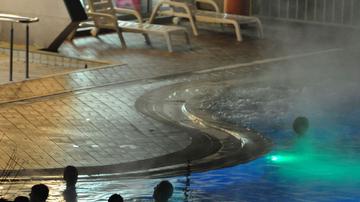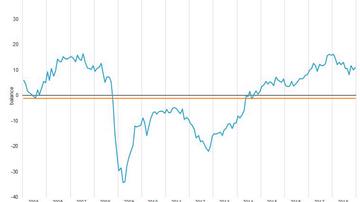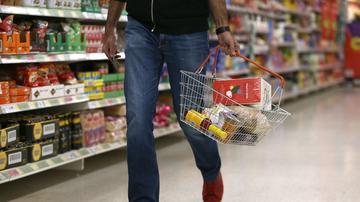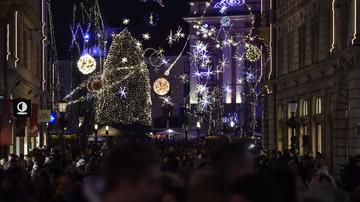

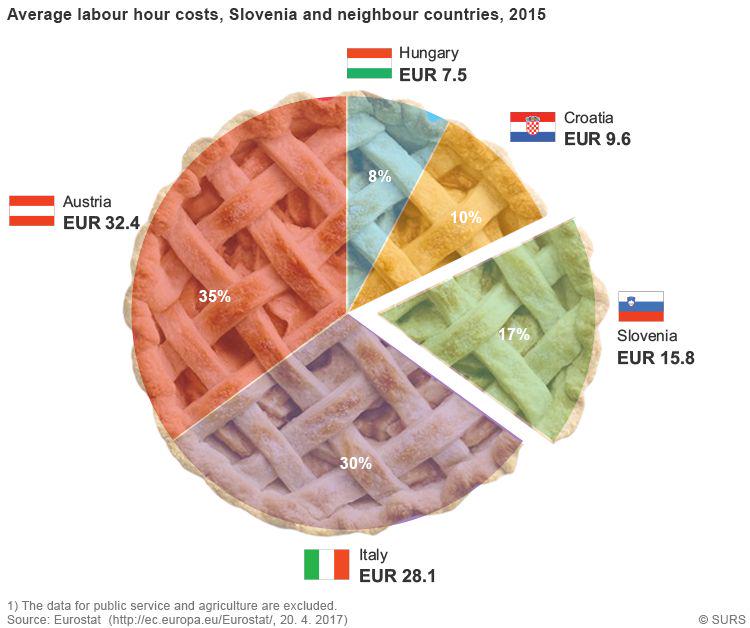
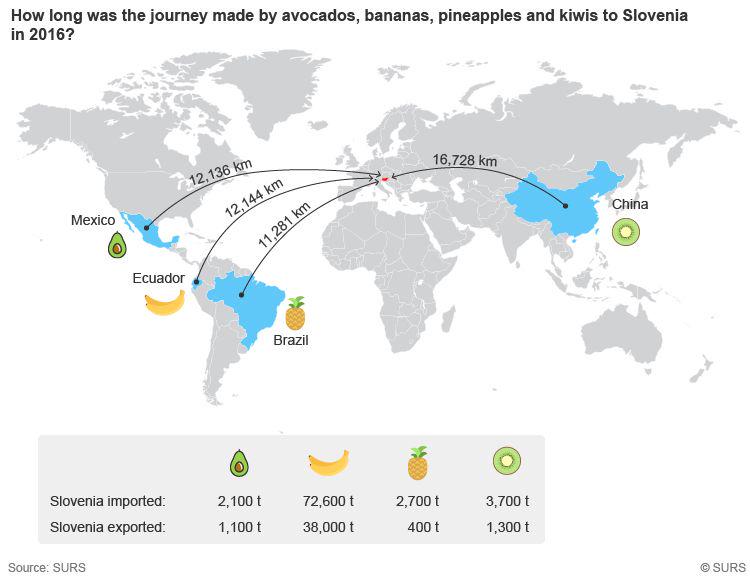
Globalization of the Economy: The Silk Road paved the foundations of globalization. Nowadays we talk about integration of its three dimensions: social, economic and environmental. What the consequences of constant growth in trade are and many other questions are being answered by globalization.
Globalization has existed for several millennia; in fact it helped to shape the first civilizations. Early primitive civilizations did not have a term that could address all the important characteristics or should we say all the changes in society induced by the globalization process, but it is clear that globalization was a part of the everyday life from the beginning of humanity. The Silk Road (or Silk Route) from the beginning of the 2nd century BC is a well-known example where the globalization process is strongly expressed. The Silk Road connected East and West and enabled economic and cultural exchange between them. Even then, the tendency to exchange the goods from the different regions was shown. The regions are still known for these exact goods nowadays.
There is no official definition of globalization. In general, it is accepted as a process that connects continents of the world through development of the transport routes and telecommunication technologies. The globalization process reflects in persistent trade growth and mobility between the countries.
Social globalization is the synonym for informatization: the share of online buyers keeps increasing
Social globalization reflects in the development of telecommunication technologies, which strongly elevates the level of information literacy. In 2016, 78% of households in Slovenia had internet access and 40% of individuals aged 16-74 made at least one online purchase between April 2015 and March 2016. In 2010 68% of households had internet access and 26% of individuals aged 16-74 made at least one online purchase.
Economic globalization: Four out of ten Slovenes work in enterprises under foreign control
People most often associate globalization with economic globalization, which is one part of the whole globalization. In 2015 four out of ten Slovenes worked in an enterprise that is a part of an enterprise group work in an international enterprise group under control of a foreign legal unit. The owners of 40% of international enterprises in Slovenia came from neighbouring countries; 20% of them were Austrians, 10% Croatians, 9% Italians and 2% Hungarians.
If Slovenian citizens and the citizens of neighbouring countries were paid for the same type of work, according to average hourly labour costs the biggest piece of the cake would be received by Austrian citizens and the smallest by Hungarian citizens.
At the EU level, Danish citizens earn the most (in 2015: EUR 41.3 per hour). The same amount could be used to pay almost three Slovenian citizens. The lowest amount of hourly pay is earned by Bulgarian citizens (in 2015: EUR 4.1 per hour); with this amount almost four Bulgarians worked for one average payment of a Slovene citizen.
Economic globalization is facilitated by transport: On their way to Slovenia, ingredients for a smoothie can travel up to 52,289 km
Let's suppose we want to drink a smoothie made of banana, avocado, kiwi and pineapple. Have you ever wondered how far these goods have to travel to get to Slovenia? If we suppose that the most common countries of origin of the mentioned fruits are Ecuador (banana), Mexico (avocado), China (kiwi) and Brazil (pineapple), and that they travel by sea, they travelled together about 52,289 km. In Slovenia 72,600 tons of bananas, 2,100 tons of avocados, 2,700 tons of pineapples and lastly 3,700 tons of kiwis were imported and 38,000 tons of bananas 1,100 tons of avocados, 400 tons of pineapples and 1,300 tons of kiwis were exported.
In order to ship all the mentioned ingredients by a freighter for vegetables and fruits with deadweight of 10,600 tons, it should travel almost 8 times according to the average distance from the origin port to the port of Koper. Of course, we should consider also the fact that the fruit is being packed and preserved in reefer containers, and finally transported to consumers in Slovenia by road.
Environmental globalization: Reducing environmental impact as an important objective of the European Union
The Ancient Silk Road had a different impact on the environment than modern trading does. The major issues resulting from the globalization process back then were disease transmission, trading with rare foodstuffs, transferring of invasive and non-native species of animals and plants to other environments; in short, intervention in the natural environment of flora and fauna. Nowadays the impacts of modern globalization on the environment are becoming measurable. In the increasingly connected world, the environmental costs are still occurring, but we are successfully handling them.
Some of the environmental objectives were set by EU member states in the Europe 2020 strategy for smart, sustainable and inclusive growth. The increasing share of renewable sources in the final consumption has been set for each member state differently, according to their evaluated ability. Slovenia, which has reached 22% of renewable sources in the final consumption, needs to increase this share to 25% by 2020. Considering our neighbouring countries, their goals have been accomplished by Hungary, Croatia and Italy. Another objective which is a common goal of EU member states is reducing greenhouse gas emissions by 20% with respect to 1990. The objective was reached in 2014 when the EU member states together reduced emissions for 23%.
Tamara Belak, Statistical Office of the Republic of Slovenia





















































